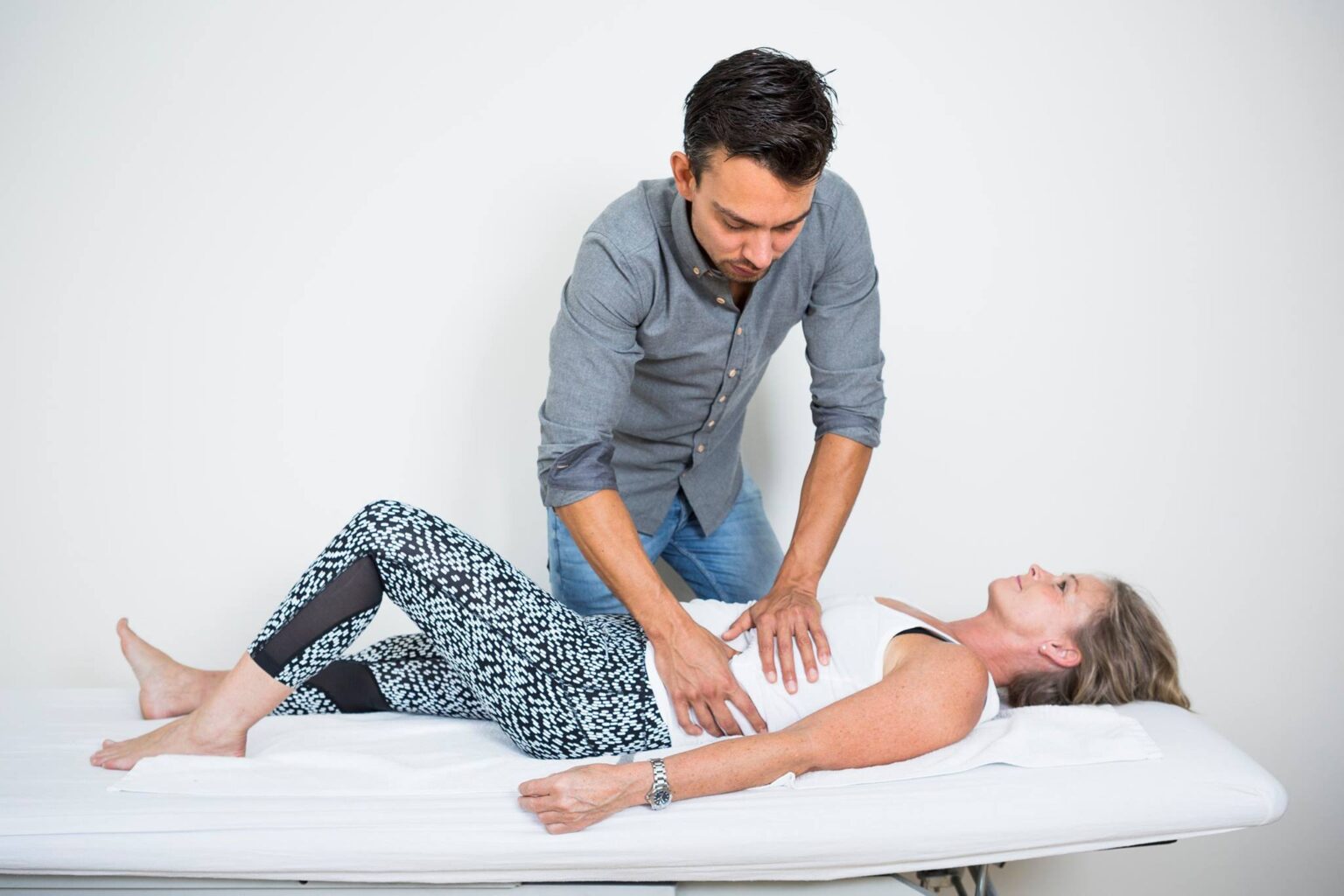We work with
Involuntary infertility
Learn more about involuntary childlessness and infertility
Involuntary Childlessness and Infertility
20% of all those who want children experience failure to achieve pregnancy after trying for a year. 40% of all cases are due to hormonal disorders such as: PCOS (Poly Cystic Ovary Syndrome), elevated levels of FSH (Follicle Stimulating Hormone), metabolic and autoimmune diseases, etc. However, just as many have mechanical causes of infertility. The causes of involuntary childlessness (infertility) can be many.
Jump to section [Vis]
What is involuntary infertility?
These include deformities and incorrect positioning of the uterus, blocked fallopian tubes, scar tissue in the abdominal cavity, pelvis and uterus. Many women have a good and healthy amount of eggs, but experience complications when the egg needs to move from the ovaries to the uterus, or the egg does not attach properly.
The average cycle length is 28 days, but it is not abnormal if it is a few days longer or shorter. Ideally, the cycle should be so regular that it only deviates by a few days each month. The first day of the cycle starts on the first day of menstruation and ovulation occurs approximately 14 days before your next period.
If your cycle is 28 days, ovulation will be on day 14.

Causes of involuntary infertility
In the woman:
- Narrowing or blocked fallopian tubes (often due to previous recurrent pelvic inflammatory disease)
- Ovulation is absent or disrupted
- The abdominal cavity grows together with the fallopian tubes and ovaries (often due to pelvic inflammatory disease and appendicitis)
- Lack of ovulation or ovulation disorders
- Endometriosis
- Combinations of causes
In the man:
- Diseases or other conditions of the scrotum or testicles
- Inflammatory conditions or/and infections in the testicles (mumps often)
- Testicles falling into place late
- Combinations of causes
Source: Rigshospitalet.dk
Investigation of involuntary childlessness/infertility in women
-
- Previous infections in the lower abdomen can help reduce the chances of pregnancy. For example, if you have had an infection in the form of chlamydia or gonorrhea, scar tissue may have formed in the fallopian tubes, making it impossible for eggs and sperm to pass through.
-
- Infertility testing often starts with your doctor. A gynecological examination and various blood tests are performed. These can be used to determine the woman’s hormonal status. By taking a blood test after ovulation, you can measure the progesterone level in the blood and therefore be sure that ovulation has occurred.
-
- After this, the couple should be referred to a fertility clinic, where an ultrasound scan of the female abdomen and possibly an examination of the passage conditions in the fallopian tubes will be performed. Examination of the woman will be done in parallel with examination of the man.
-
- If a woman has a hormone level that deviates from normal, she will usually have an irregular menstrual cycle. As mentioned, hormonal conditions can be assessed on the basis of blood tests. The most basic hormone tests are the assessment of the main sex hormones: FSH (Follicle-Stimulating Hormone) and LH (Luteinizing Hormone). These hormones often provide the doctor with useful information about the possible reasons for the failure to achieve pregnancy. In addition, they are a guide to how large hormone doses should be given in more intensive hormone therapy.
-
- Simultaneous measurement of the female sex hormone estrogen can in some cases provide the doctor with additional information, and in women with rare or absent ovulation, other hormone levels will often be supplemented, such as: prolactin and TSH (Thyroid-Stimulating Hormone) and male sex hormone. The level of these hormones will often be abnormal in irregular menstruation and absent ovulation. Like FSH and LH, prolactin and TSH come from the pituitary gland.

Investigation of involuntary childlessness / infertility in men
- A man’s fertility is examined by means of a semen sample. The test looks at the concentration of sperm cells, i.e. how many sperm cells are in a sample.
- In addition, the sperm’s ability to move and their shape are looked at.
The man’s sperm quality can fluctuate, so it may be a good idea to have several tests performed to clarify the quality.
Menstrual pain and infertility
A cycle should be pain-free. If you experience menstrual cramps or pain around ovulation, it is not something you just have to accept. The activity from the uterus can give a grumbling sensation, but it should not be associated with direct pain. Pain can be a sign that the conditions around the pelvic organs are not as they should be and that the uterus is having difficulty performing its function and work.
During a cycle, the uterus must be able to lift, contract, and expand. Menstrual cramps can give you an idea of the conditions around your uterus and its ability to do the above.

Uterine position and infertility
The position of the uterus has a great impact on its ability to work and thus also your chance of getting pregnant.
The uterus is located in the lower part of the pelvis between the bladder and the rectum. It can be more forward over the bladder (anteverted) and it can be further back towards the rectum (retroverted). These positions are the most normal and do not have much effect on its ability to work as long as it can move freely where it is located.
In some, you can also see a uterus that is bent backwards (retroflexed) and this can mean that the uterus does not have room to move as it should.
Leading up to and during menstruation, the uterus expands up to 3 times its size.
If this expansion cannot occur, the uterus will have difficulty contracting as it should when shedding the uterine lining. Similarly, it will be difficult to build a new, strong lining.
A retroverted uterus is something that happens involuntarily. The position can be the result of trauma, childbirth, scar tissue after surgery, adhesions, endometriosis, etc.
If you have a retroverted uterus, you will often experience lower back pain when you have your period.
This is because the uterus, in its attempt to rise, presses against the rectum and sacrum. Due to the difficult working conditions, you will also be able to see dark old blood at the beginning of your period. The dark blood is the result of the uterus not being able to empty completely and the blood has therefore been there since the last period. This creates poor conditions for a fertilized egg and therefore a healthy pregnancy can have difficulty taking place.
The focus of treating menstrual pain is to give the uterus better working conditions – osteopathic treatment can help increase blood flow, promote mobility and optimize nerve supply to the pelvic organs. This can help increase the chances of pregnancy.
Scar tissue and fertility in women
A surgery always leaves scar tissue. The process starts just a few days after the surgery.
Scar tissue & the healing process
When we talk about scar tissue, it’s not just the visual scar. We’re just as much talking about the scar tissue that lies inside the abdomen after surgery. During the healing process, scar tissue will shrink and in some cases form connections with organs.
Scar tissue doesn’t always have to come from surgery.
It can also occur if you have experienced trauma, a fall, or have had frequent urinary tract infections, chlamydia, or other sexually transmitted diseases. In this case, the scar tissue will be close to the uterus and fallopian tubes.
When there is scar tissue, it creates a barrier to blood circulation and therefore it is difficult for oxygen and nutrients to pass through the fallopian tubes and it is therefore also difficult to get rid of waste products. The scar tissue in the fallopian tube will often create small hairs and this makes it more difficult for the eggs to pass through and attach. This means that the egg cannot be conceived, or attaches outside the uterus (ectopic pregnancy).
The bladder must be able to hold half a liter of fluid, and therefore the uterus and rectum must be able to move in all directions to adapt throughout the day. Everything must be able to keep up without being squeezed. In the days leading up to menstruation, the uterus becomes 3 times larger.
The ovaries are like a sponge. When they release waste, the sponge is squeezed together and it sucks in new nutrients when the sponge is released. If it is constantly squeezed, this function will not work.
Scar tissue has no nerves itself and can therefore pull a lot on the surrounding tissue.
If the scar tissue affects the sciatic nerve, the woman will experience symptoms in the buttocks, back of the thigh, and perhaps even down to the feet.
The organs are innervated by the autonomic nervous system and therefore we do not feel pain directly in them. The pain will refer to other structures such as muscles and ligaments and possibly the spine – the symptoms will therefore be felt there.
Disorders in the organs can create reflexes in the nervous system that create tension in the muscles. This is called viscero-motor reflexes. Therefore, we test the degree of tension in different muscles to locate where the problem comes from.
The treatment can therefore go both ways: we can treat the problem directly to release tension, but we can also treat the tense muscles to indirectly release organ tension.

The hip flexor and fertility
The hip flexor: the psoas is the deepest muscle in the core. It runs from the lumbar vertebrae down to the reproductive organs.
The hip flexor is the only muscle that connects the spine directly to our legs. Therefore, it is a muscle that must be strong, elastic and changeable depending on how we use it. Due to its location, it has close cooperation with the respiratory muscle diaphragm – indirectly, it is linked to your breathing and the pumping function of our internal organs.
The nerves and blood vessels of the uterus and ovaries pass past and through the hip flexor.
Therefore, tension in the hip flexors can lead to poor blood circulation to the reproductive organs and pelvis.
How can the hip flexor become irritated?
A muscle adapts to how it is used. This also means that a muscle like the psoas can be affected by, for example, hip misalignment, incorrect working positions and poor posture. If the psoas has to adapt to the work it is given over time, it can become shortened and inelastic. The psoas muscle is also sensitive to stress and anxiety. If you have been stressed over a longer period of time, this can also affect the muscle.
What can you do yourself about infertility – good advice?
-
- Deep breathing where the lower part of the abdomen (near the navel) bulges out when we breathe in. Try to avoid that it is only the upper part of the chest that moves when you breathe. You can do 15 deep breaths 5 times a day to stimulate the movement of the organs.
-
- Our psychological system has a lot to say. It is important that you can delimit your stressful everyday life and work, so that you limit the sympathetic nervous system at times and stimulate the parasympathetic nervous system instead. Here our emotions are of great importance. Feelings such as happiness, desire, love, motivation, etc. stimulate certain hormonal production, such as oxytocin, dopamine, serotonin, etc. These hormones have a positive effect on the rest of the hormonal system, as well as many of the body’s chemical processes. Being happy, positive and satisfied thus stimulates the body’s parasympathetic nervous system, which optimizes healing and improves the functioning of the digestive system.
-
- Stretching the hip flexor.

Treatment of involuntary infertility
The above examples are only a fraction of what can affect fertility and therefore we will always focus on your body, your symptoms and previous history. That way we can tailor a treatment course that suits you.
Treatment will typically focus on creating movement in the pelvic organs, thereby optimizing the condition and function of the uterus, ovaries and fallopian tubes. We will manually loosen scar tissue using osteopathic techniques, thereby creating free passage for blood vessels and nerves.
An osteopathic fertility-enhancing course can stand on its own, but can also be combined with medical treatment.

Often related problems

Ovarian surgery
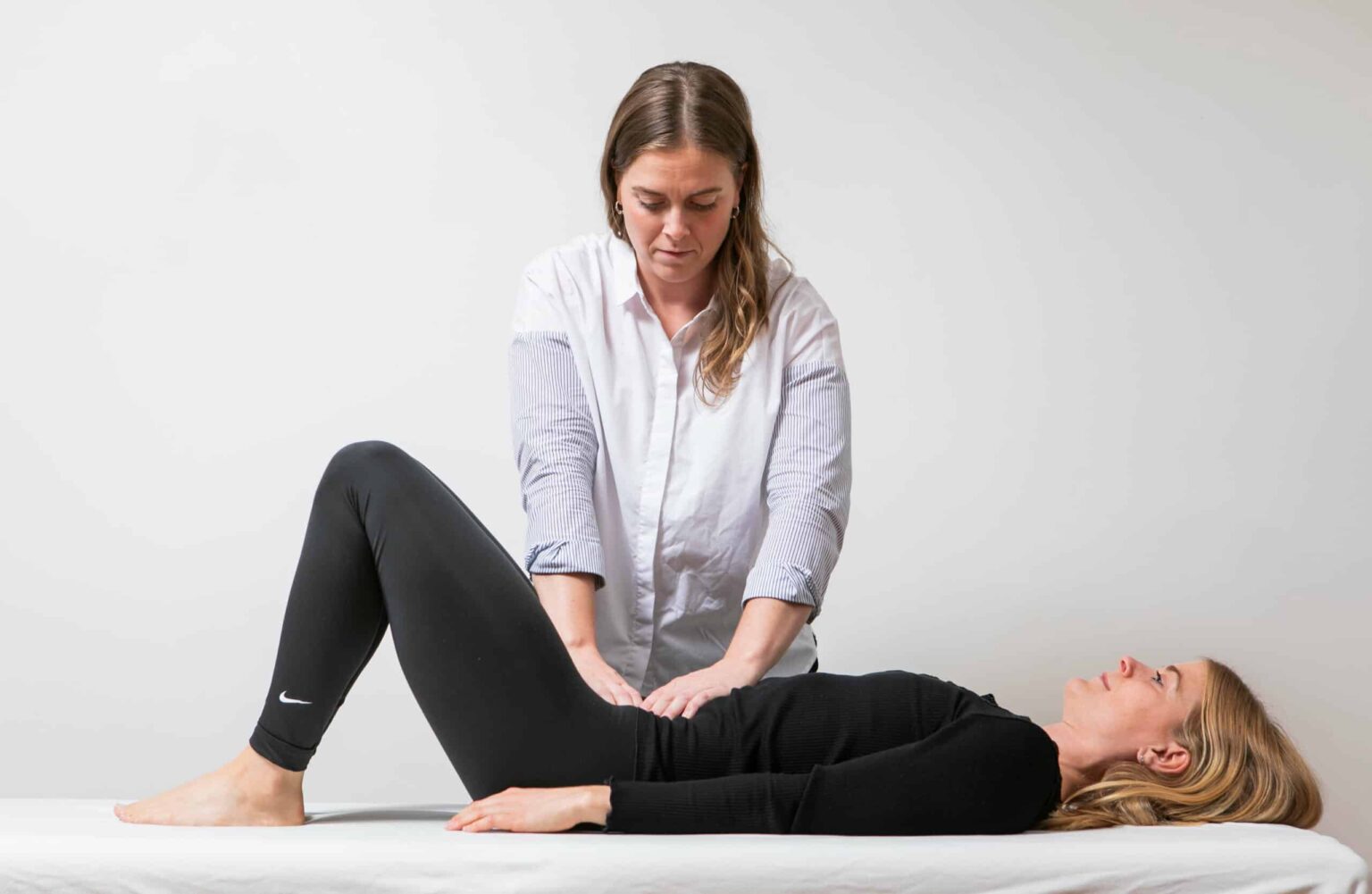
Hysterectomy
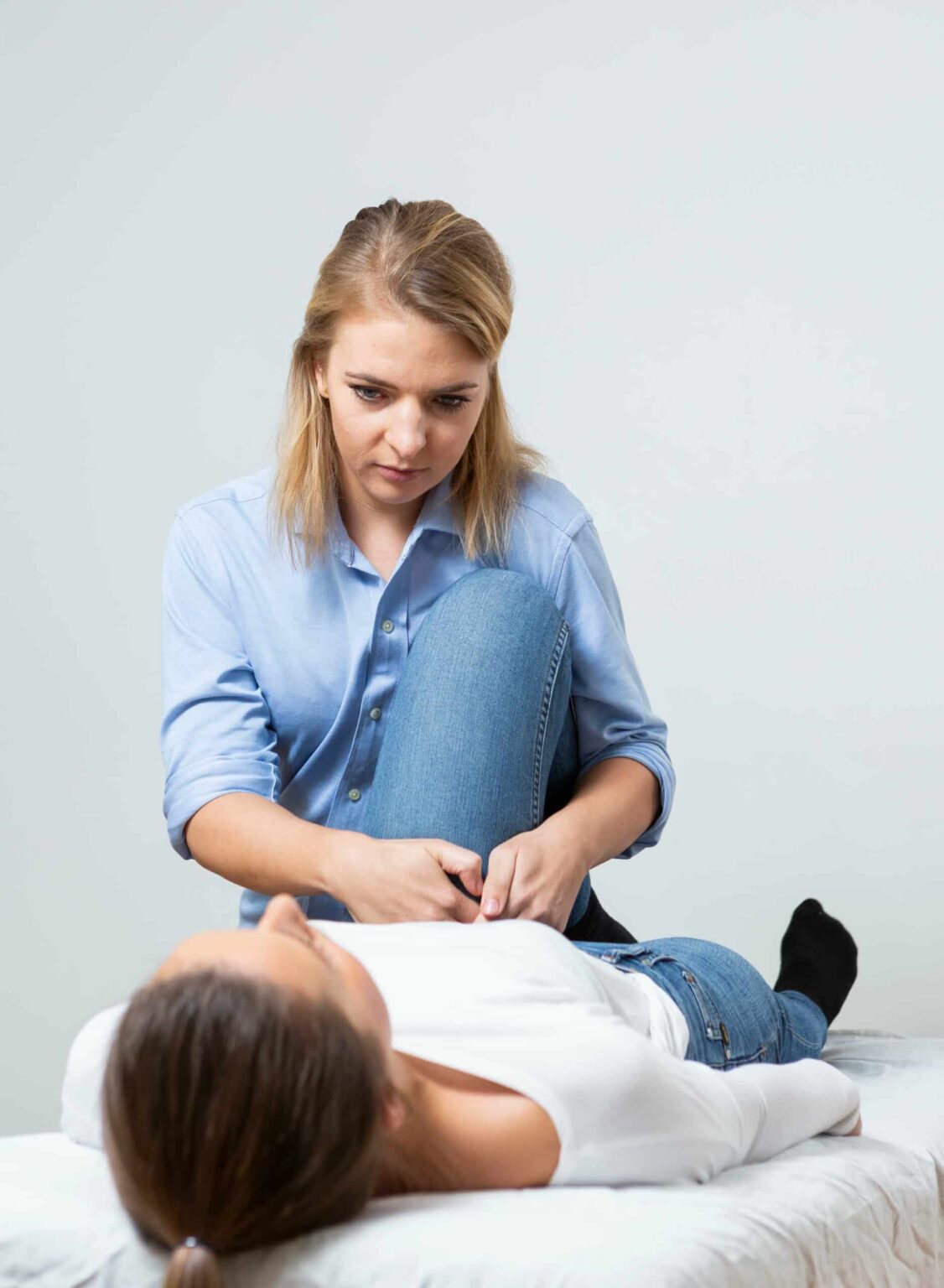
Endometriosis
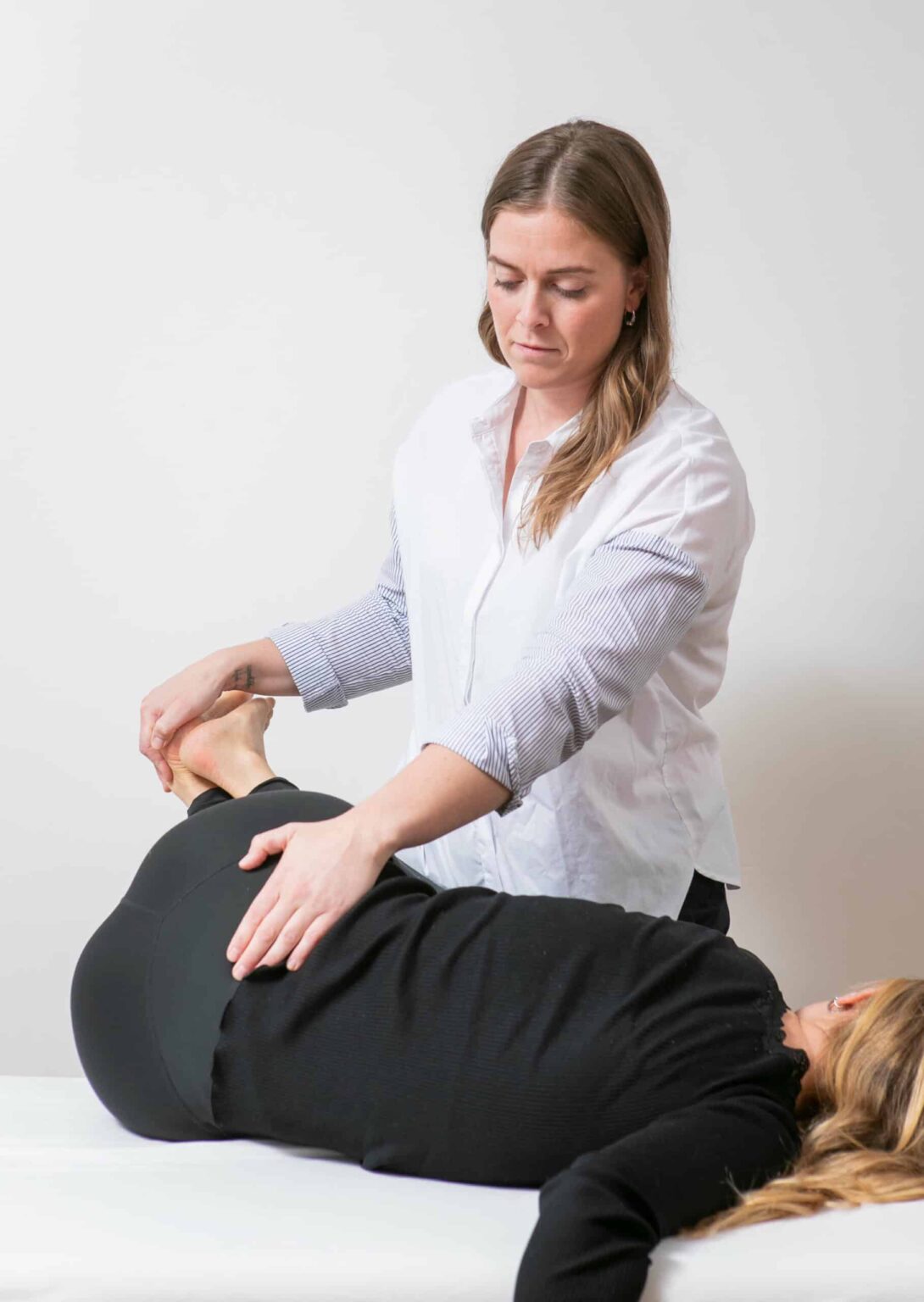
Pelvic pain
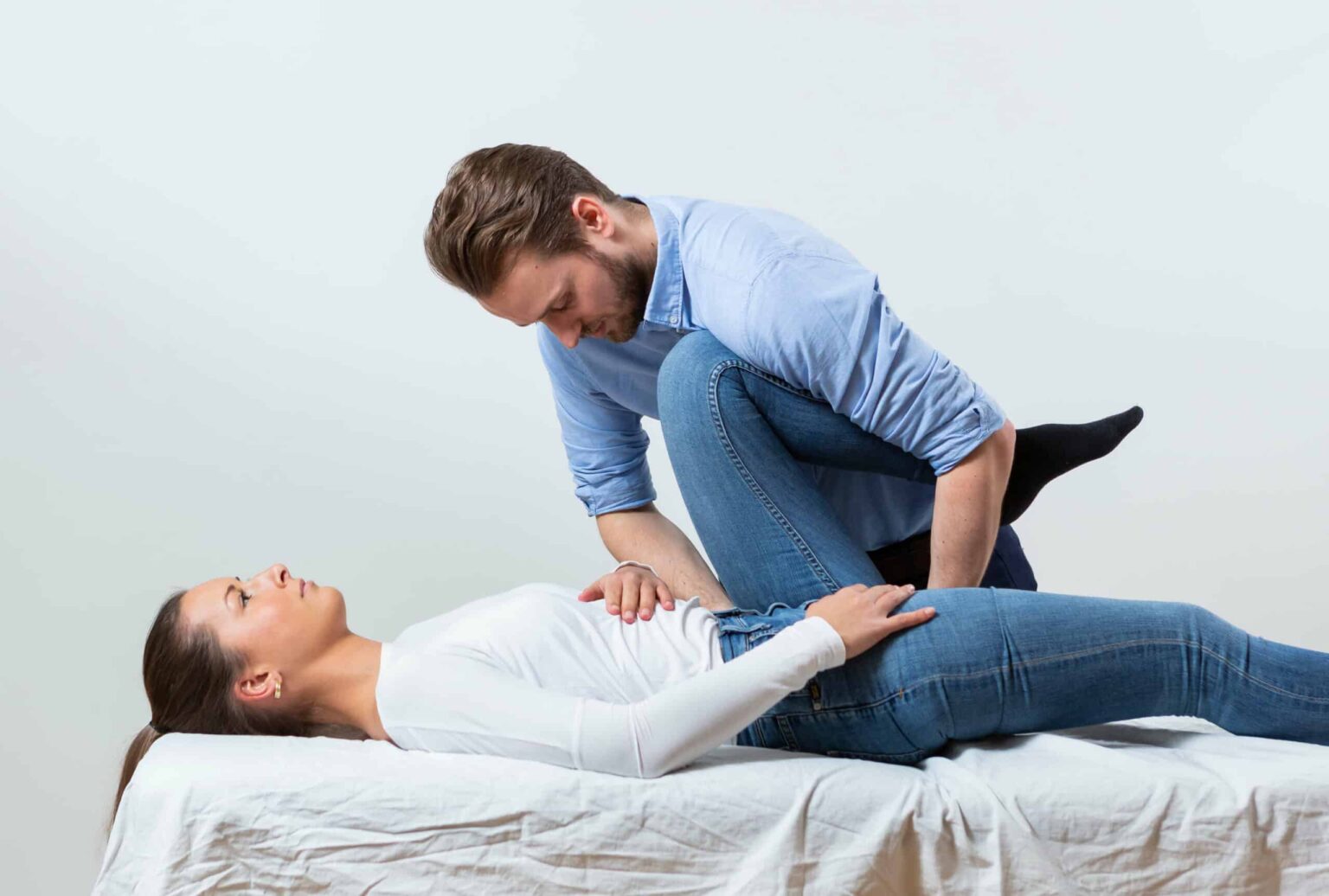
Menstrual pain
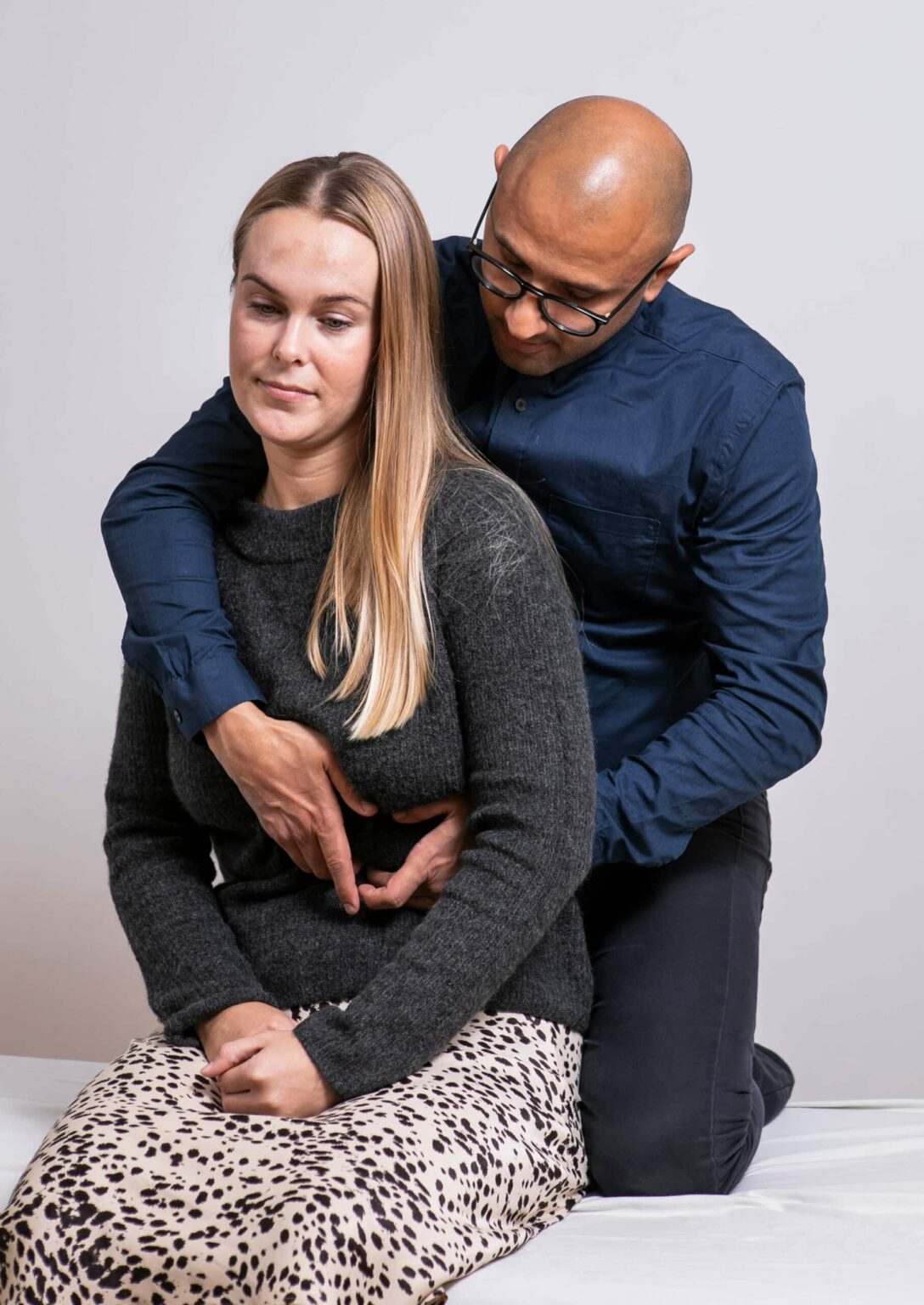
PMS
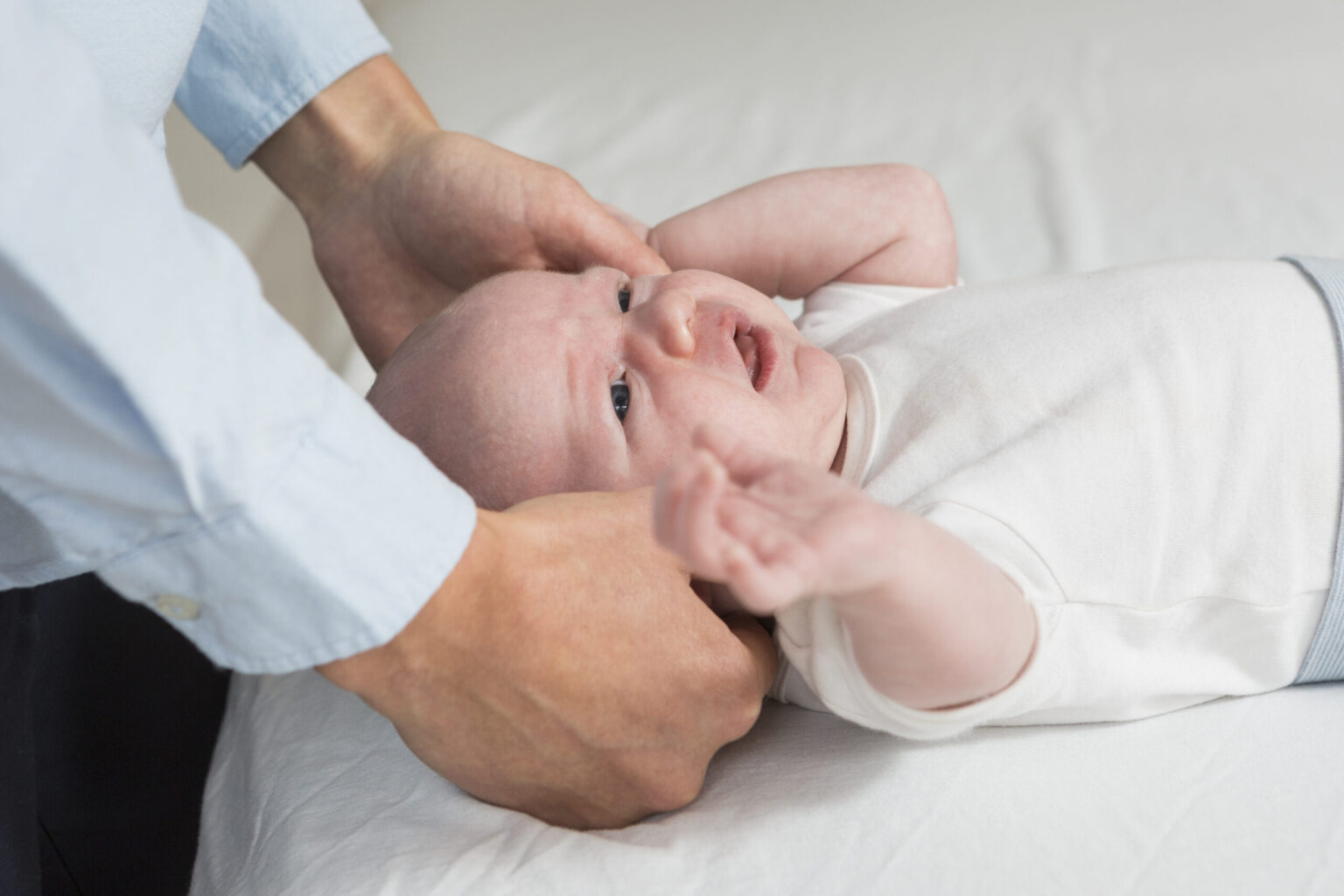
Involuntary infertility
